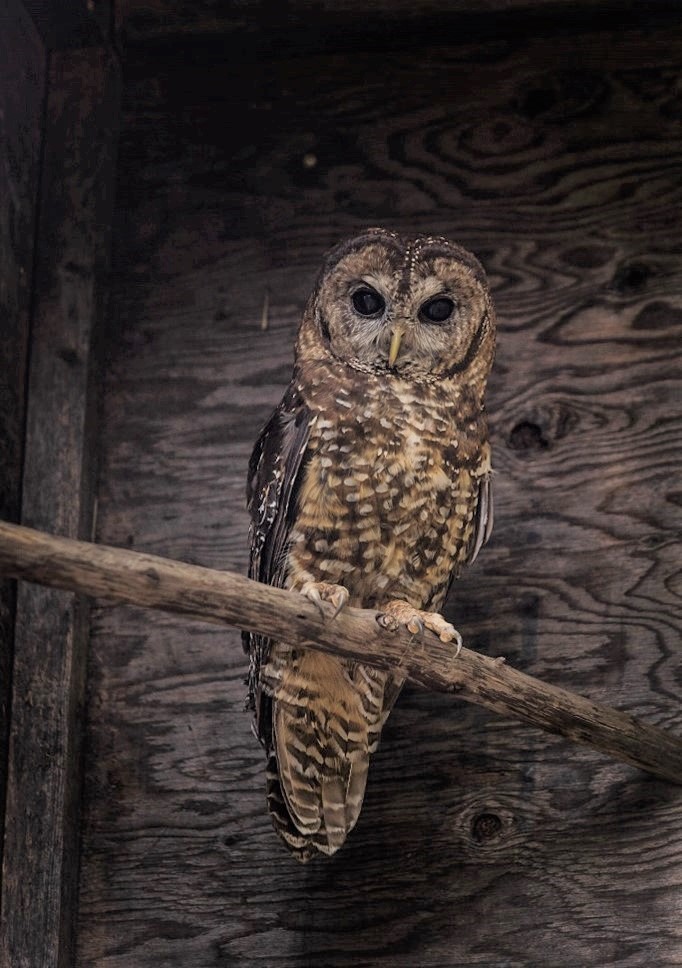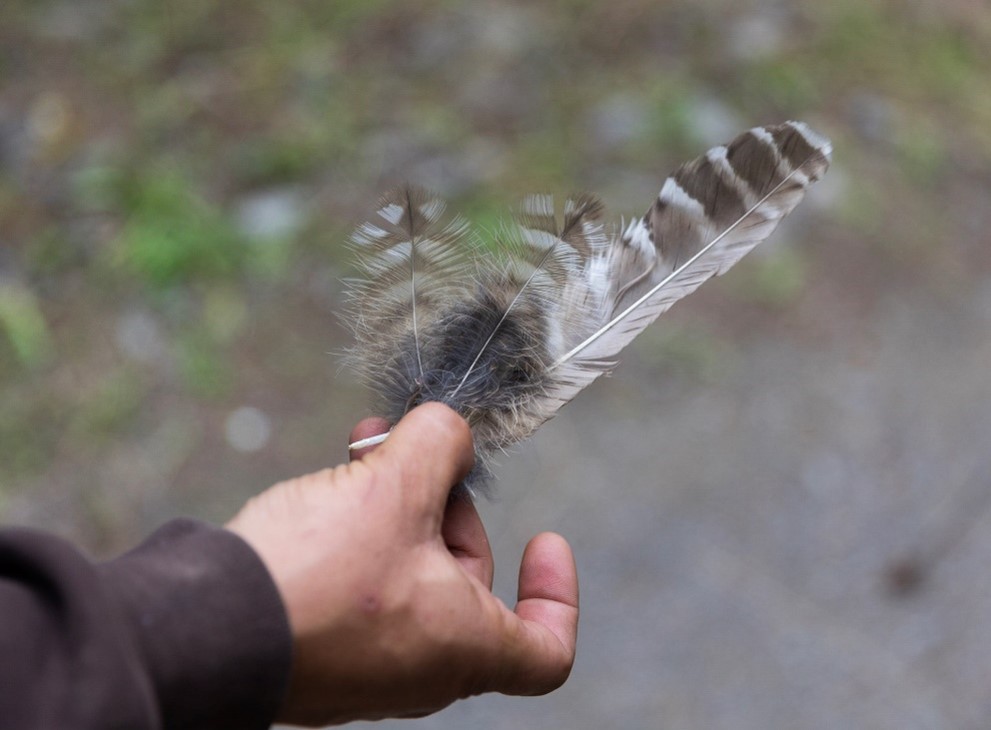Northern Spotted Owl Recovery and Breeding Program
Northern spotted owls historically thrived throughout the old growth forests of the Pacific Northwest. The southwest corner of B.C. is at the northern extent of their range where it’s believed as many as 1,000 owls once lived.
Today, due in part to habitat loss from human activity and increasing competition with expanding barred owl populations, the spotted owl is one of Canada’s most endangered animal species.
Recovery Efforts
To help save northern spotted owls from extirpation (i.e., local extinction), the B.C. government made a commitment to help this species recover to a self-sustaining population. One of the first key actions was to target approximately 325,000 hectares of protected habitat, which is sufficient to support a long-term population of 125 breeding pairs (250 mature owls). This work was carried out by the Canadian Spotted Owl Recovery Team.
The Province engaged extensively with British Columbians on this habitat goal, and based on that input, initially designated about 175,000 hectares of spotted owl habitat to be legally protected as a Wildlife Habitat Area under the Forest and Range Practices Act. An additional 150,000 hectares of spotted owl habitat are protected within existing protected areas, such as provincial parks and Metro Vancouver watersheds.
A second key action was the removal of barred owls from the protected habitat area. This larger, invasive owl species poses a significant threat to spotted owl survival by competing for prey and habitat, and by supressing spotted owl breeding through their aggressive behaviour. To help support spotted owl recovery in B.C., over 150 barred owls were relocated or removed from 2007 to 2021 through the Provincial Barred Owl Control Program. This program is ongoing and includes extensive monitoring of barred owl populations.
This combination of protecting spotted owl habitat and reducing the number of competing barred owls within that habitat will assist spotted owl recovery in B.C.
A third key action was to establish a Captive Breeding Program that is dedicated to restoring the spotted owl population back to self-sustaining levels throughout its entire Canadian range. There are currently 30 spotted owls at the breeding facility in Langley (19 males and 11 females), including three birds that were brought in from the United States. The mating of these owls is carefully managed to create a genetically diverse population.
Northern Spotted Owl Captive Breeding Program
The Northern Spotted Owl Captive Breeding Program is the first and only program in the world where captive breeding of spotted owls is being done. It has required significant investment and research to ensure that it could support species recovery objectives. In developing the Captive Breeding Program, research was conducted on barred owls that were used as spotted owl surrogates to refine and improve owl husbandry and artificial egg incubation techniques.
The Captive Breeding Program is now successfully producing spotted owls that are good candidates for release into the wild. In the summer of 2022, three spotted owls were released for the first time. Research and the development of breeding and release techniques will continue as we learn more about spotted owls in captivity and their survival prospects in the wild.
All spotted owl recovery actions are led or co-led by provincial government biologists, First Nations, and/or non-government organizations. Funding partners have provided significant and ongoing support, including contributions from industry, federal partners, and First Nations.
- Learn more about donating to the Captive Breeding Program


